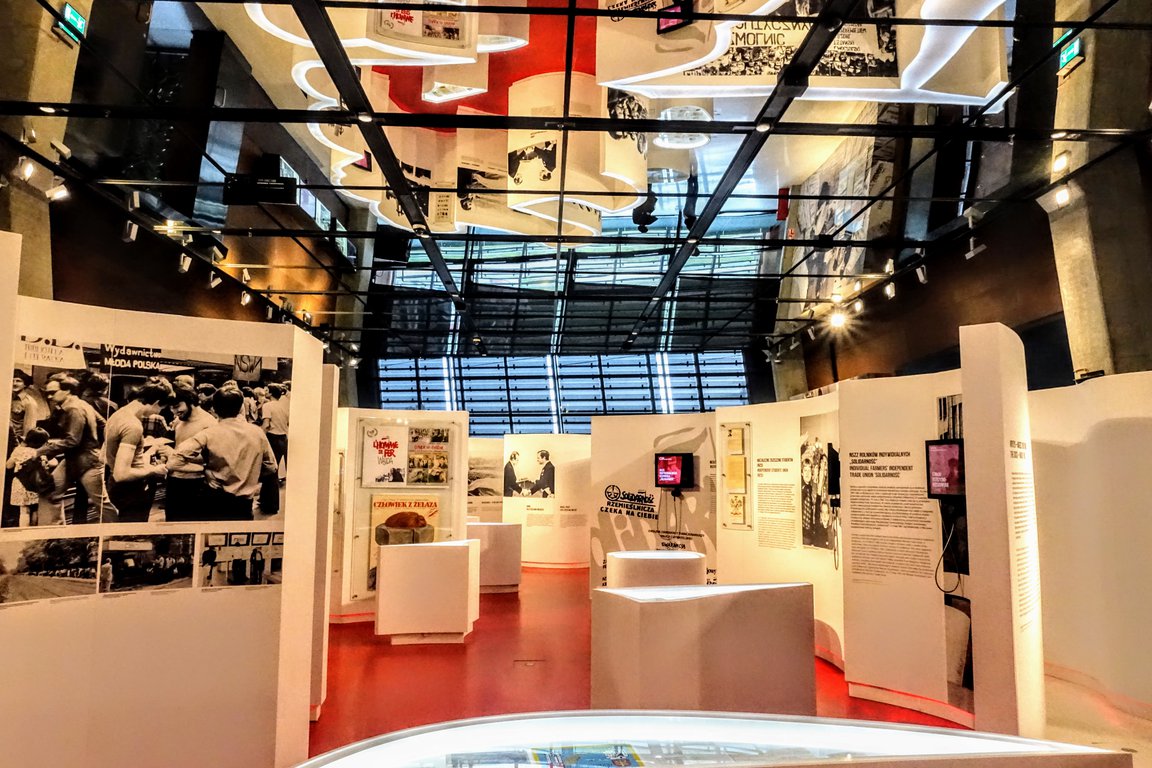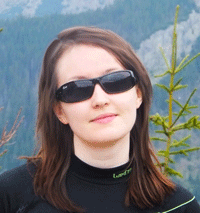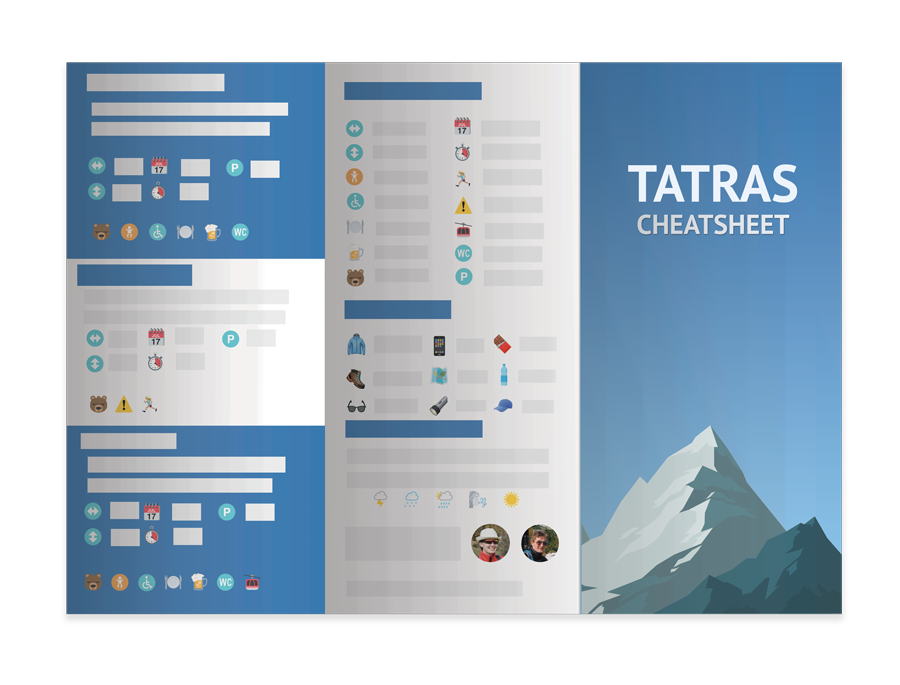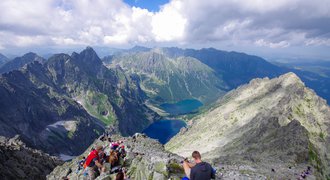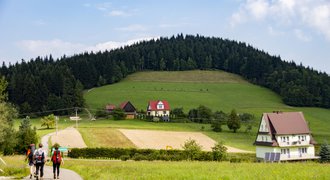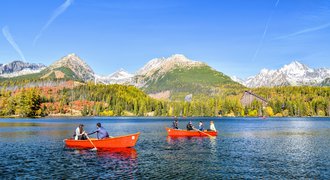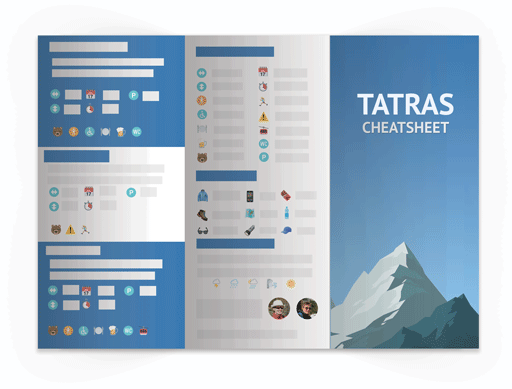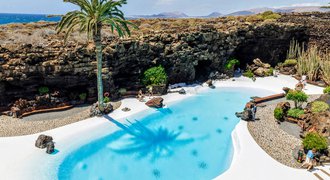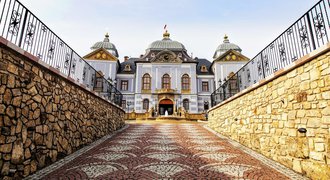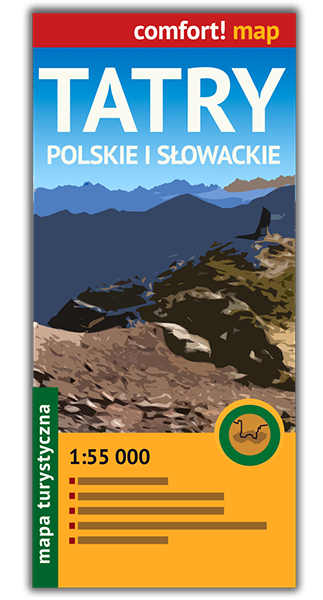In the last decade, several truly unique historical museums have been established in Poland, where visiting isn't so much about looking at exhibits in display cases, but rather about participating in a kind of story.
The European Solidarity Centre is exactly this kind of institution.
It's not just exhibition halls on two levels, but also a business center, conference rooms, a cafe, a restaurant, a unique playground, and a great viewing terrace.
Visit to the European Solidarity Centre is one of the most important things to do in Gdańsk.
Let's go!
European Solidarity Centre
Before you learn about the Solidarity Museum in Gdańsk, check out the below articles:
🏙️ 18 best things to do in Gdańsk
🪖 Museum Of The Second World War
Solidarity Movement in Poland
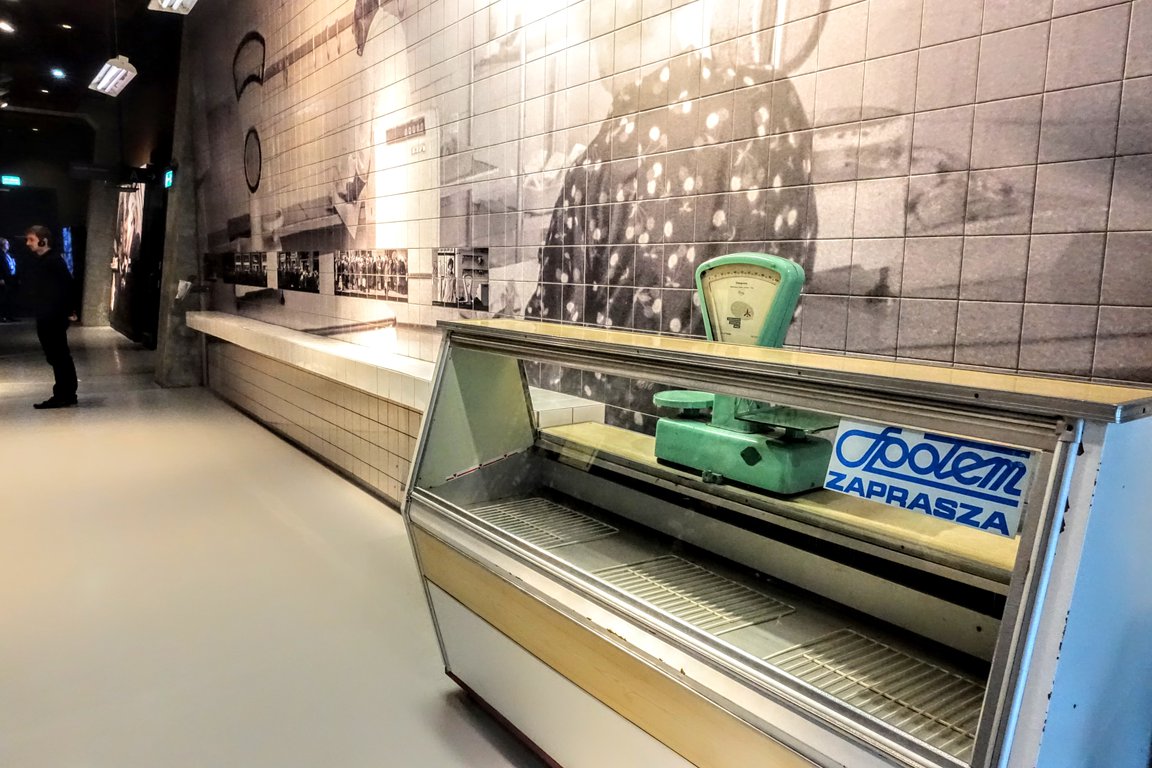
The Solidarity movement developed in 1980 as a result of spontaneous strikes. After the "social agreements" were made, different strike committees across Poland, led by the one at the Lenin Shipyard in Gdańsk, created the Independent Self-Governing Trade Union "Solidarity" (NSZZ "Solidarność"). They decided to form a single, nationwide union. It was finally registered on November 10, 1980.
Trade union organizations were then established in almost all enterprises and state institutions (with the exception of the Polish Army and the Citizens' Militia). In total, about 10 million people joined NSZZ "Solidarność" (80% of whom were employees of state institutions).
The Union had a territorial-enterprise structure, and its highest authorities were: the Congress of Delegates and the National Coordinating Commission. The chairman of the union was Lech Wałęsa.
Its program proclaimed the ideas of: social justice, self-government, egalitarianism, Catholic social teaching, free education, culture and science, as well as the stop of censorship of mass media. It was a program of deep and systemic changes in Poland.
Fighting for its implementation, "Solidarity" organized strikes, street demonstrations, as well as propaganda (bulletins, magazines, and leaflets).
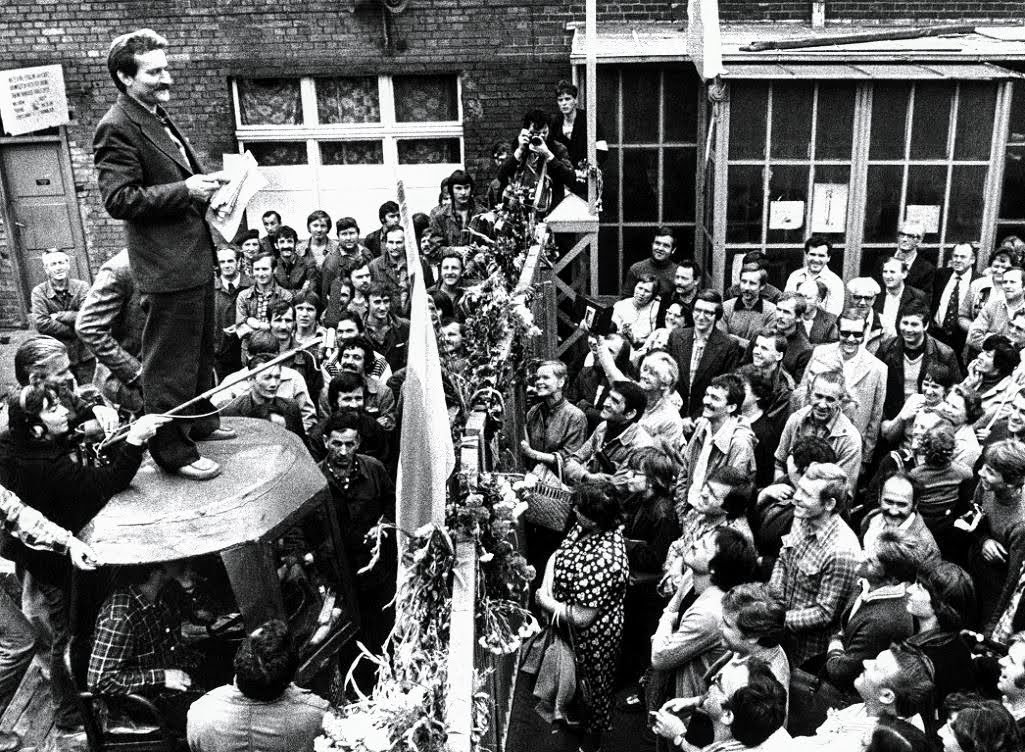
Lech Wałęsa during the strike at the Gdańsk Shipyard in August 1980. Photo source: Getty Images.
In response to the escalating social protests, the authorities introduced martial law. Arrests and repressions against its members began. The movement therefore went "underground," publishing underground press, creating its own radio, and boycotting official institutions.
After a wave of strikes, the activity of NSZZ "Solidarność" was legalized again in April 1989. For Poland, it was the time of the so-called "Round Table" talks, which decided on changes in the political and economic system of the Polish state.
Representatives of the authorities, Solidarity opposition circles, and social organizations and political parties subordinate to the Polish United Workers' Party (PZPR) sat down to them. Representatives of the Catholic and Evangelical-Augsburg Churches also participated as observers. "Solidarity" activists became chairmen of the negotiating teams.
The talks ended with the signing of the "Round Table Agreement," which decided on fundamental changes and enabled the opposition associated with NSZZ "Solidarność" to win partially free parliamentary elections, take power, and form a non-communist government.
The next step in the history of "Solidarność" was the victory in the local elections in 1990 and the victory of Lech Wałęsa in the presidential elections in the same year. The change of the political system and the emergence of a pluralistic party system caused divisions within the movement and its final disintegration.
The heir to the Solidarity tradition then became the Solidarity Electoral Action, established on the initiative of Lech Wałęsa.
Dear me, Polish history sure is full of twists and turns.
European Solidarity Centre - sightseeing

As the museum's name suggests, it focuses on the history and accomplishments of the Solidarity movement. Its location is symbolic, being next to the Gdańsk Shipyard, the site of the famous Solidarity strikes.
The ECS building itself attracts visitors, even those not interested in the museum. It's located to the Monument to the Fallen Shipyard Workers, a well-known Gdańsk attraction.
The building's unique architecture is impressive, but the real interest lies inside. Seven rooms guide visitors through the history of Solidarity, from its origins to its lasting impact. This might sound like any other historical museum, so what sets the ECS apart?
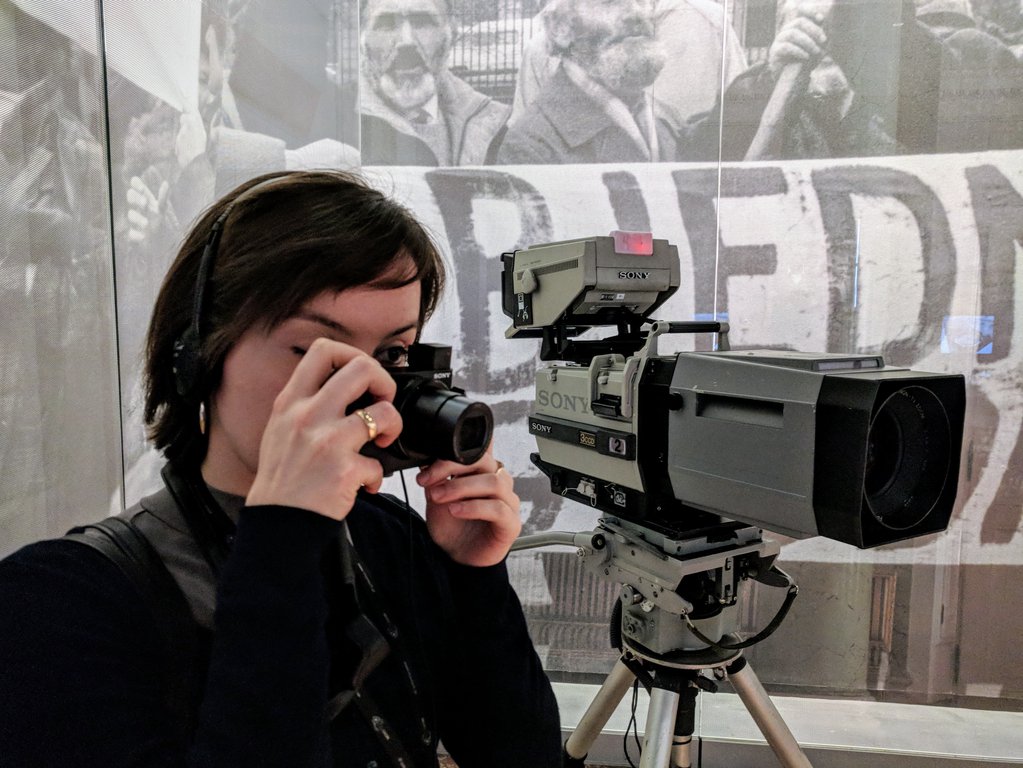
Room A - The Birth of Solidarity
Start your visit by delving into the Gdańsk Shipyard's pivotal role and the groundbreaking 1980 strike. Don't worry if you're unfamiliar with this chapter of Polish history – the exhibits present the events clearly and concisely. The highlight of this room is the display of the original demands written by the strikers, a document recognized by UNESCO for its historical significance.
Room B - The Power of the Powerless
This section unveils the harsh realities faced by Poles under communist rule, including the violent suppression of the 1970 protests. You'll also gain insights into the church's influence during this period. A notable exhibit is the popemobile, a symbol of hope and resilience.
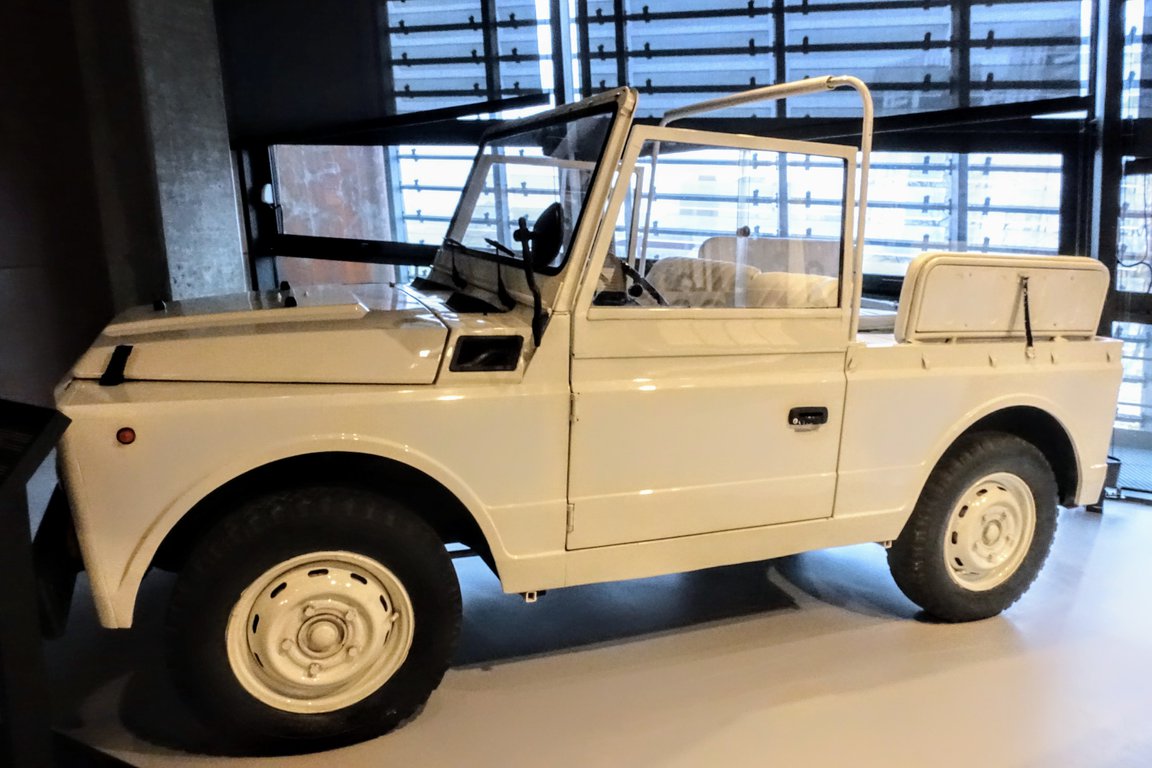
Room C - Solidarity and Hope
With the official establishment of Solidarity, the atmosphere shifts towards optimism. This room showcases the cultural expressions that emerged during this time, providing a fascinating glimpse into the era's popular culture.
Room D - War with Society
Martial law takes center stage in this room. Through the audio guide's narration, Jaruzelski's impactful speech, and numerous everyday anecdotes, you'll get a feel for life under these extraordinary circumstances.
Room E - The Road to Democracy
This section focuses on the pivotal Round Table negotiations and the first partially free elections. A memorable highlight is the wall covered in campaign posters of Solidarity's parliamentary candidates, capturing the spirit of the time.
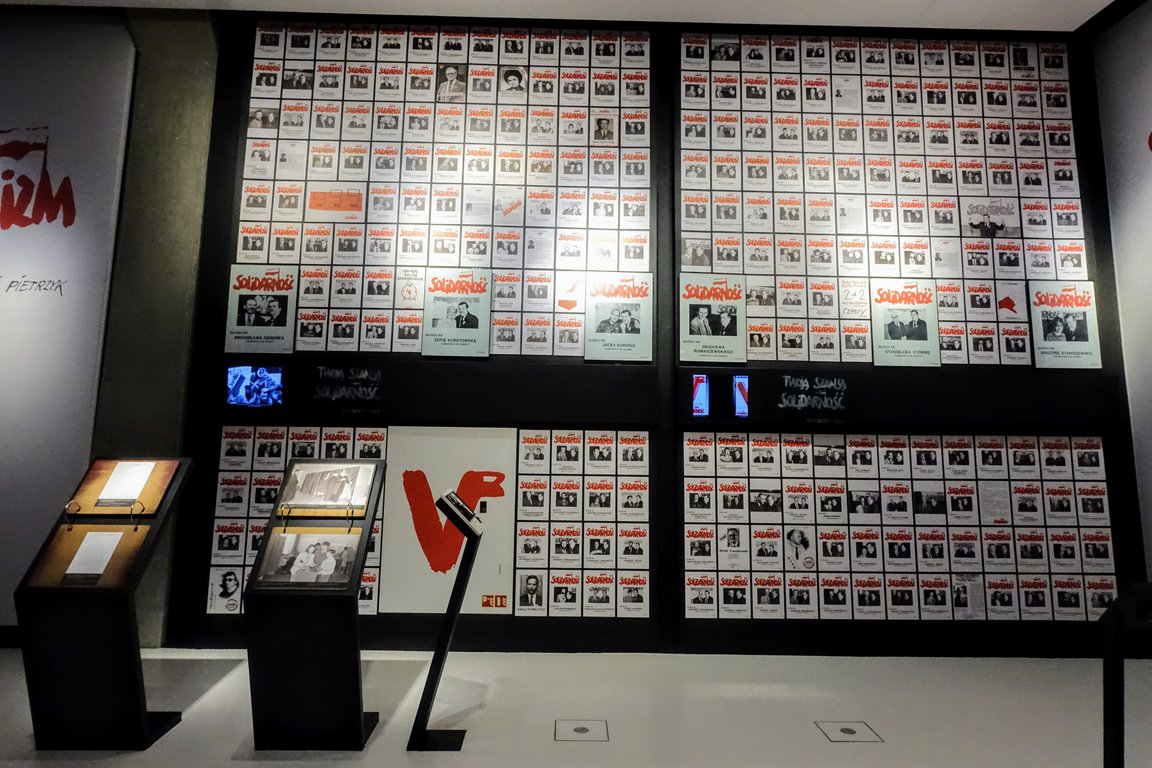
Room F - Triumph of Freedom and Room G - The Culture of Peaceful Transformations
The final two rooms offer a concise overview of the tour, touching upon the fall of communism across Central and Eastern Europe, marking a significant turning point in history.
There's also a wall with hundreds of cards with hand-written texts. You can exercise your freedom of speech and take a white or red card to leave a message for the world.
Viewing terrace
I strongly recommend going to the rooftop terrace and admire the panoramic views of the shipyard and the city. With the audio guide as your companion, you'll be able to identify key landmarks and gain a deeper appreciation for the landscape.
Audioguide
Even though the building is big and the layout is a bit confusing, it's hard to get lost because the audio guide tells you where to go. It knows where you are, so the narrator keeps talking as you walk through the different rooms. You can also stop or go back to the audio if you want.
Audioguides are available in several languages and two versions - for adults and for children. You need to specify which version you want to activate when renting. In my opinion, the audio guide for children is a fantastic option for kids above 5 years old.
Guided tours
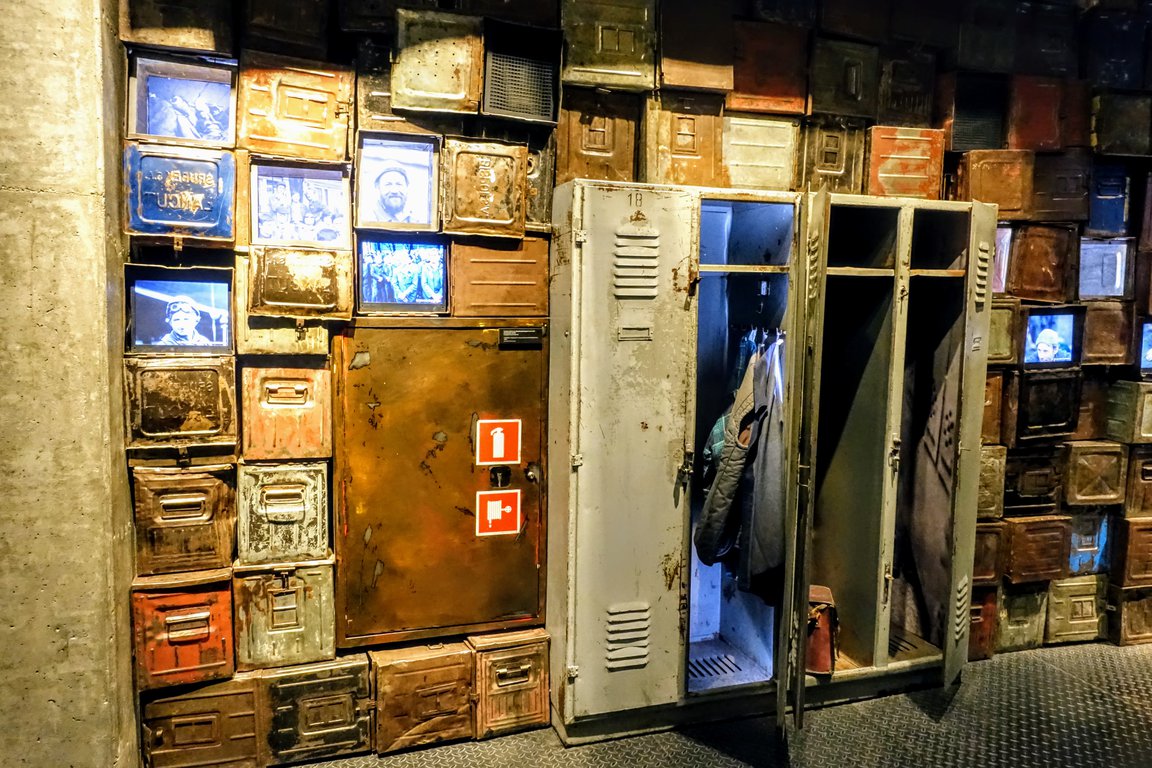
The Solidarity movement and its impact are complex. If you want to understand well all the events, context, and significance of the exhibits, a guided tour is a great option.
We've used Get Your Guide tours and are happy with them, all the tours were on time and guides were friendly and well-informed.
You may be interested in the below options:
📌 European Solidarity Centre guided tour with a skip-the-line ticket. Check the details.
📌 Private Communism Tour in Gdańsk. Includes hotel pickup and drop-off and a skip-the-line ticket. Check the details.
How much time should you plan for a visit?
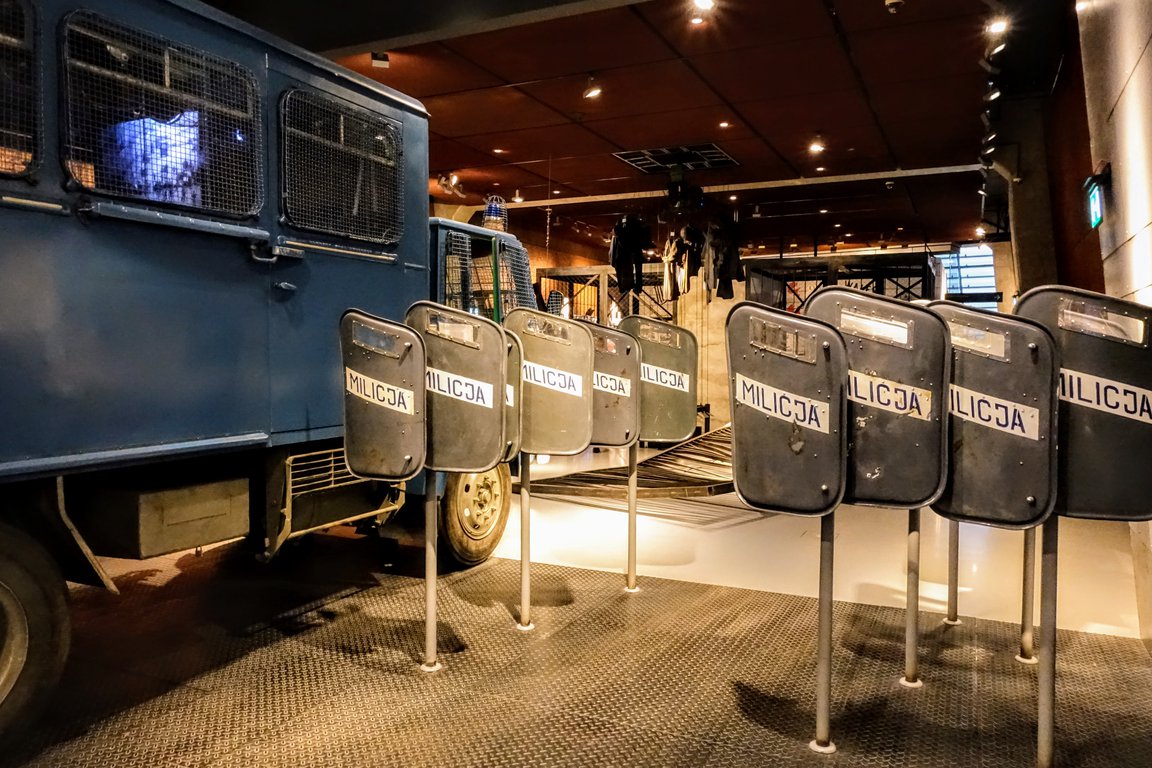
In my opinion, you should reserve at least 2 hours for the European Solidarity Centre. I'm talking about visiting only the exhibitions.
If you want to do it thoroughly, then three hours.
And with time for a break in the cafe, the children's section, and the viewing terrace, you can even extend your stay at the Centre to five hours.
It depends who you visit the museum with and how much of a history geek you are 🙂
Practical information
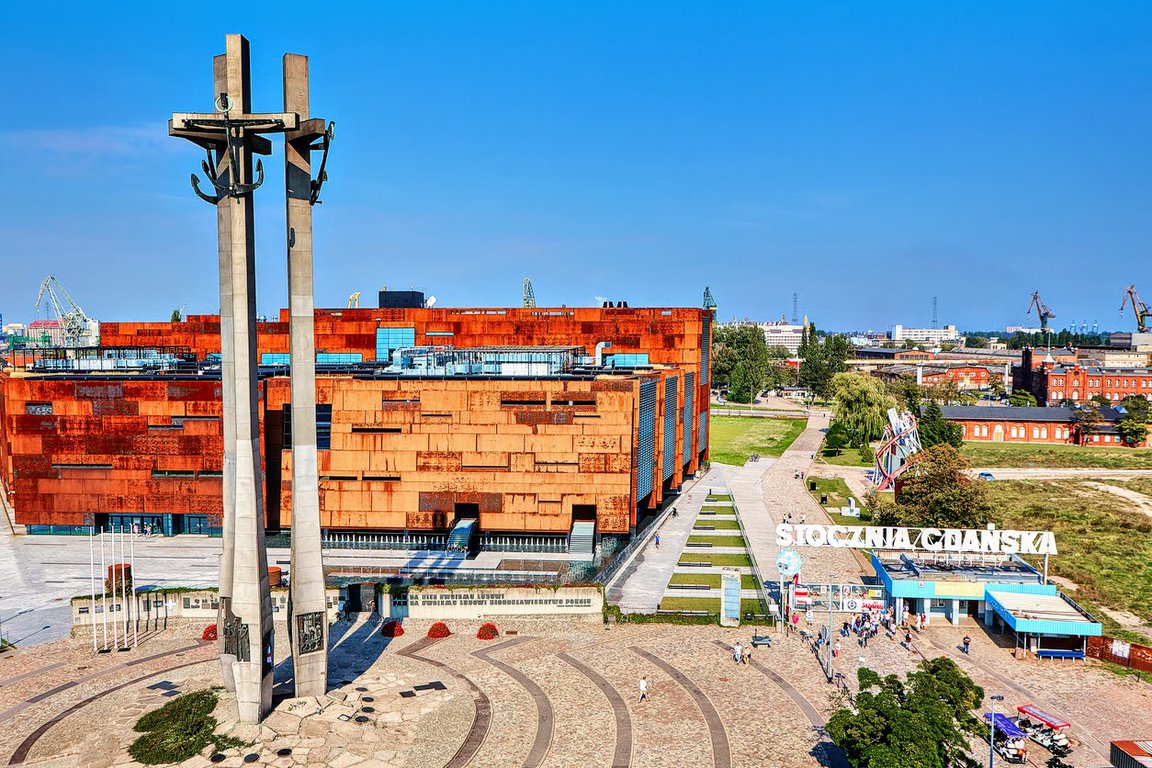
ECS is located at Solidarności Square 1 in Gdańsk (Google Maps here).
Next to the ECS building is the famous BHP Hall of the Gdańsk Shipyard and one of the most recognizable places in Gdańsk - the former shipyard gate.
You can enter the BHP Hall for free, without tickets.
The European Solidarity Centre has a large underground car park. When buying tickets for the ECS permanent exhibition, show your parking ticket and the first 4 hours of parking will be free for you.
There is a tram stop called Plac Solidarności near the ECS.
The ECS is only a kilometer away from the Gdańsk railway station (and the tram stop where many lines stop), and about 1.5 km from Gdańsk Old Town so you can consider walking.
The air quality in Gdańsk is very good and we enjoyed taking a walk to all the main attractions.
European Solidarity Centre with kids
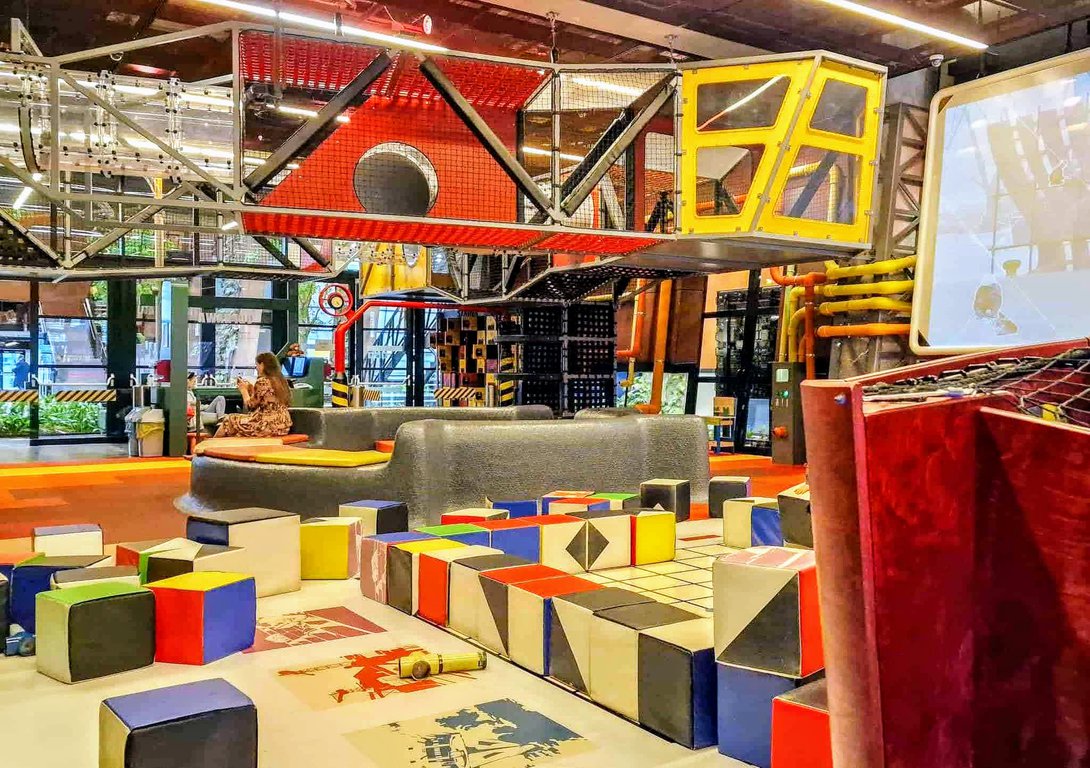
The exhibition is very interactive, so if you are with young children, there is a chance that they will find something to do for a while by using the "press here, listen there, etc." options. Along the way, you can get into a crane, or even a police car, or listen to music on headphones.
I recommend renting the audioguide for a bit older kids (from 5 years old). The audio guide skillfully explains what the shipyard workers' demands were, what strikes and internment were, and in a delicate way for children's sensitivity, it tells about police interventions. Standing behind the television cameras, children will be able to see for themselves what the Round Table was, and then, again using the audio guide's translation, understand the essence of the first democratic elections.
Independent of the permanent exhibition, the European Solidarity Centre has a "Play Department". This is a part of the ECS created strictly for children. It's a playroom for children, rather loosely related to the theme of the Centre.
Tickets for the Play Department can be purchased at the ECS ticket offices. You enter the Play Department for an hour, and 75 people can enter every hour.
It's possible to leave children from 5 years old in the Play Department under the care of animators.
Best places to stay in Gdańsk
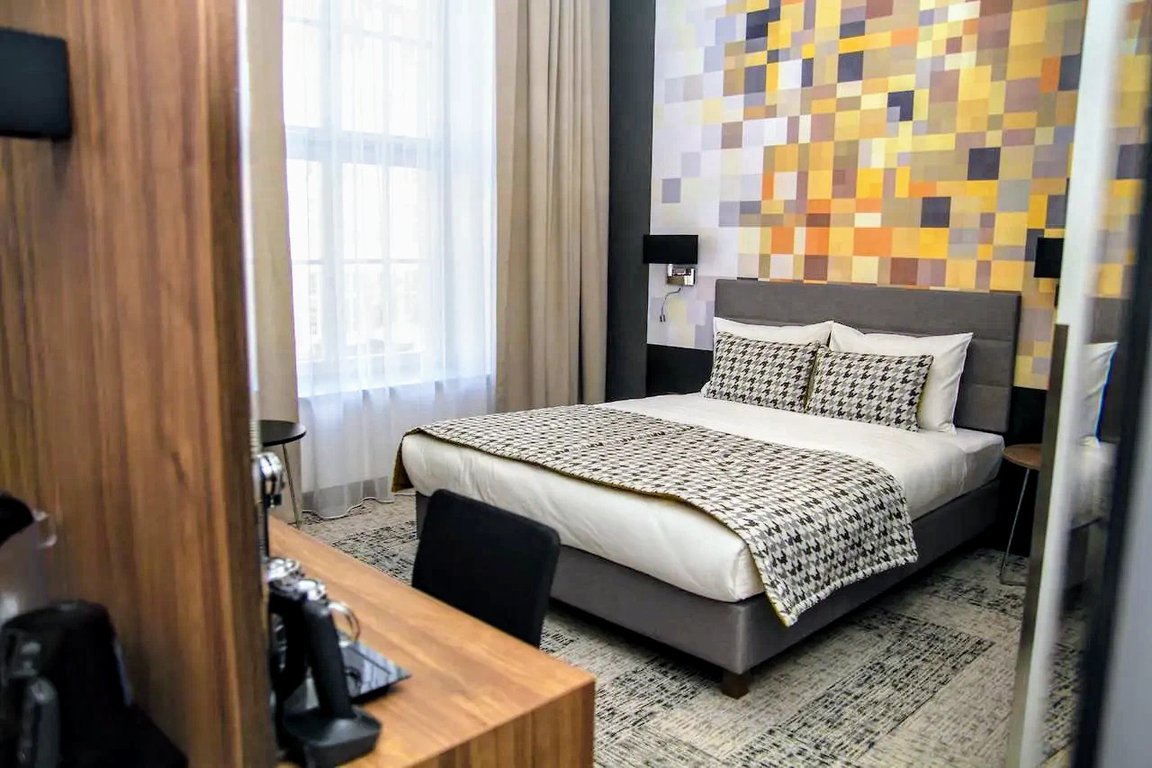
While hotels in Gdansk's Old Town can be pricey, I believe they offer great value.
During our recent visit, we stayed at the IBB Hotel Gdańsk, a four-star hotel located in the heart of the Old Town, just a short walk from the Museum of the Second World War.
The hotel's central location was a major plus, as we could easily explore all the main attractions on foot. We also enjoyed the delicious breakfasts, spacious and comfortable room, and friendly staff. We wouldn't hesitate to stay there again on our next trip to Gdansk.
For budget travelers, Olympic Old Town is a great option. This highly-rated hostel in the Old Town boasts a convenient location, tasty breakfast, and comfy beds, according to Booking.com reviews.
If you're looking for an apartment in Gdańsk, choose Kamienica nad Motławą. They're conveniently located on the Motława River. Guests are happy about about the cleanliness, spaciousness, and well-equipped amenities of these apartments.
Other beautiful places in Poland
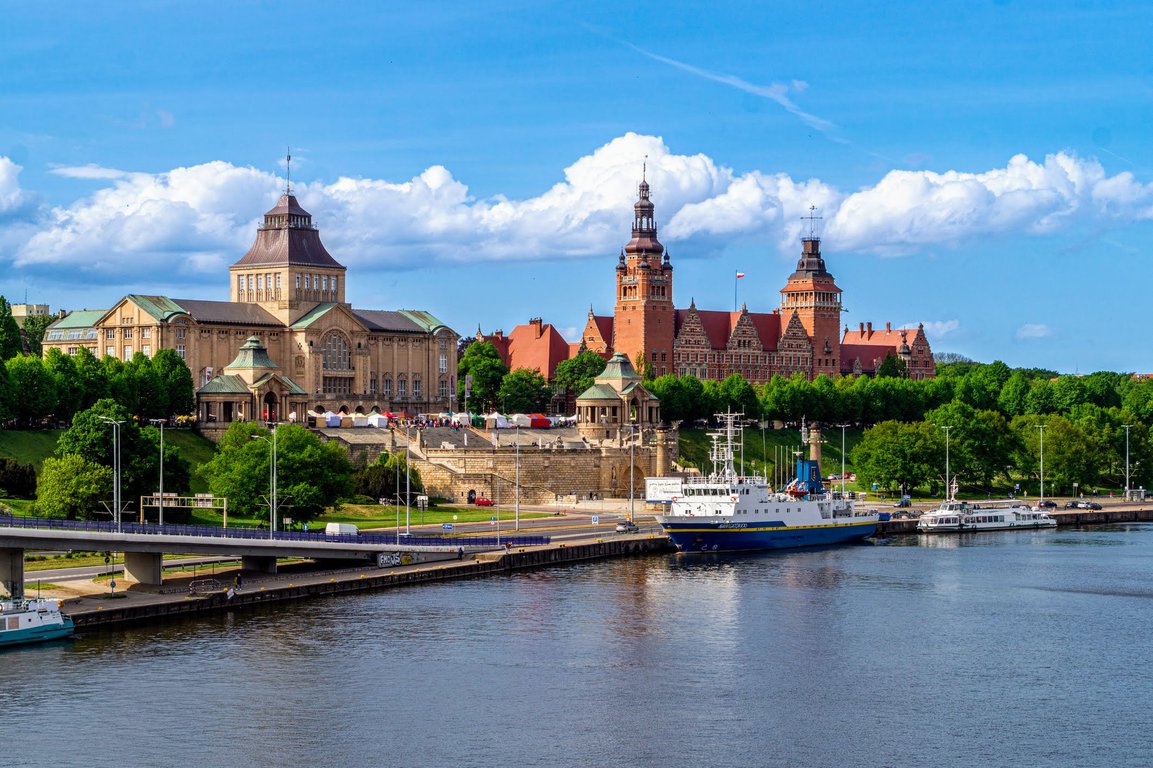
Poland is not just a country of historical monuments and museums, but also offers diverse landscapes and unique regional cultures. Here are some beautiful places in Poland which you might consider visiting:
🌇 Wrocław - a charming city located on the Oder River. Famous for hundreds of dwarves figurines and impressive bridges.
🌇 Warsaw - the capital of Poland, must-see for all international visitors.
🌇 Poznań - a bit underrated among international travellers. It hides a lot of national gems.
🌇 Kraków - complete travel guide with insider tips.
⛰️ Babia Góra National Park - great option for hiking near Kraków.
⛰️ Silesian Beskidy Mountains - discover hidden gems in Poland.
⛰️ Easy hikes in High Tatras - a list of hiking trails suitable for everyone in the highest mountains in Poland.
⛰️ The most famous hiking trails in Tatra Mountains, Poland.
🌿 Nature places in Poland - 12 wonders worth a visit.
✅ Day trips from Kraków - the amazing south of Poland.
✅ 12 attractions of Poland you need to see - absolute must-see places in the country.
I wish you a wonderful time discovering Polish history at the European Solidarity Centre 🧡

